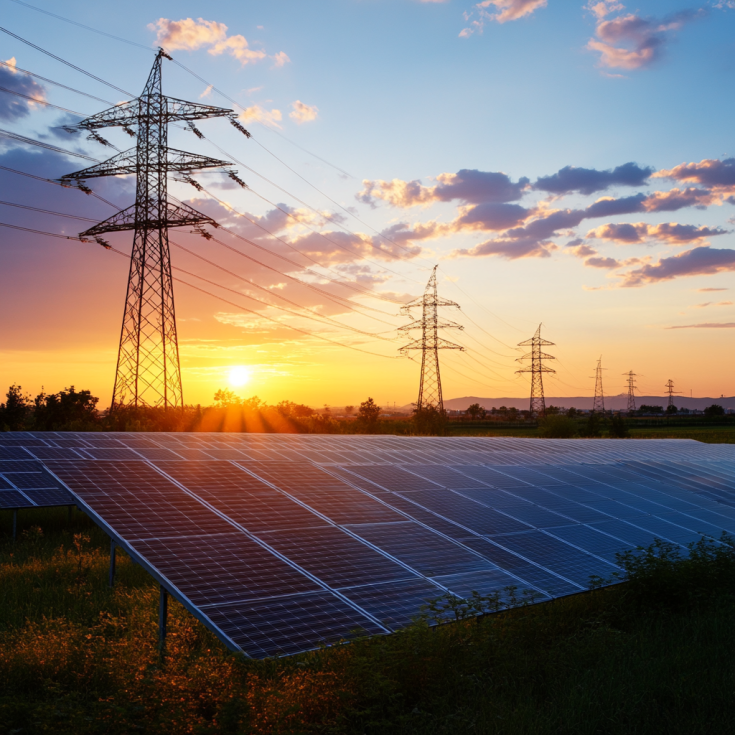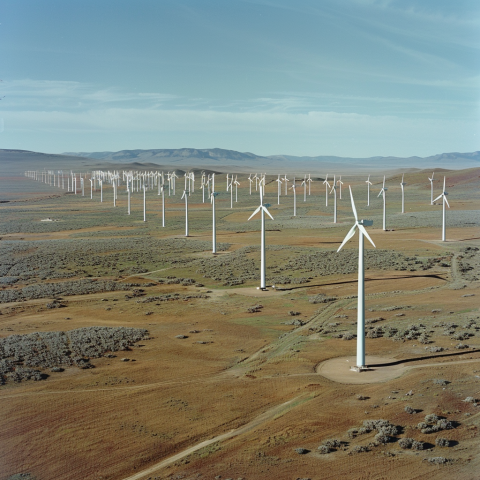Supporting the emergence of energy communities

Energy communities – groups of citizens, businesses and public entities that collectively manage, generate and distribute energy – can be a vital tool in the low-carbon transition, unlocking private investment, creating local green jobs, providing cheaper energy for communities and tackling social challenges like energy poverty.
While energy communities should be bottom-up and citizen-driven, far from business as usual for energy planning, public authorities should play a role in stimulating their development and can learn from frontrunner regions on proven ways to do so.
Challenges for energy communities
Although citizens should be in the driving seat of energy communities, they also need a helping hand to realise the opportunities and make the first steps. Energy technologies have high upfront costs which can be difficult for communities to gather, and such communities are often not eligible in funding programmes. Additionally, a wide variety of skills are needed to get off the ground – project management, finance and business modelling, but also technical knowledge and soft skills including people management, citizen engagement and communication.
As such, public authorities can and should support communities by adapting their policies, gathering stakeholders and creating support tools. But where should they begin?
Learning from frontrunner regions
While many regions are only starting on this journey, energy communities are abundant in several European countries, particularly Germany, the Netherlands, Denmark, and the United Kingdom. There is much to learn from successful case studies and frontrunner regions, and policymakers can get inspiration from these two Interreg Europe Peer reviews:
- The Municipality of Ascó, in Catalonia, having significant potential in wind energy, saw energy communities as key to unlocking this potential, and applied for a peer review to learn from other European communities. These communities provided them with recommendations to engage citizens and identify first-movers, taking the lead in identifying a first pilot site and co-ordinating its development.
Additionally, they were advised to update their Sustainable Energy Action Plan to integrate targets and support for communities and adapt grant and subsidy schemes so that they can finance energy communities.
- At the other end of the Mediterranean Sea, Cypriot municipalities identified energy communities as a key tool in their energy transition and tasked the Cyprus Energy Agency (CEA) with advising them on how to make a start. The CEA peer review resulted in recommendations to build a task force, comprised of politicians, citizens, entrepreneurs and associations to act as a frontrunner group, and then to get to work as lead project implementor to create a pilot project.
Following the peer advice, the CEA built internal expertise to become an expertise centre on energy communities and prepared materials and guidelines to raise awareness, with the pilot sites as a core of their campaign. These efforts paid off. On 7 December, Nikos Christodoulides, the President of Cyprus announced plans for the first Cypriot energy community, in Kato Pyrgos Tillirias, to be supported by the CEA.
Setting up support tools
Energy communities will be a key enabler of the sustainable energy transition, helping to decentralise energy production, stimulate local economies, and combat climate change, making them well deserving of policy support.
The peer reviews revealed a few common key messages. As a first step, public authorities need to finalise the transposition of the revised Renewable Energy Directive, integrating definitions into local and national frameworks. Beyond this, support actions can include assisting in developing first pilot sites, communicating with citizens via simple-to-understand materials, and identifying and bringing together key stakeholders to build frontrunner groups.
They should also prepare guidelines and trainings for the full value chain, and adapt grant schemes, particularly under the ERDF Operational Programmes, to support energy communities. Public-private partnerships, in which the local authority is itself a part of the community, can also be essential.
If you want to learn more about how to support energy communities, check out the key lessons from the Policy Learning Platform’s workshop on energy communities, held on 4 December 2024 in Budapest.

Collection page: Energy Communities
Our experts have hand-picked the most relevant content on Energy Communities for you. Explore it now!
About the authors
By Simon Hunkin and Katharina Krell, Thematic Experts for a greener Europe and connected Europe.
Simon has eight years' experience in the low-carbon economy sector, working in projects and studies to support uptake of innovative low-carbon technologies and policy instruments. He is specialised in European energy and environment policy, as well as regional policy and funding and co-operation initiatives.

Katharina has 20 years of experience in the areas of renewable energy, energy efficiency, smart cities and circular economy. She is specialised in supporting the uptake of results of EU-funded projects in form of policy recommendations, good practices, technologies for commercialisation or knowledge for further research.

